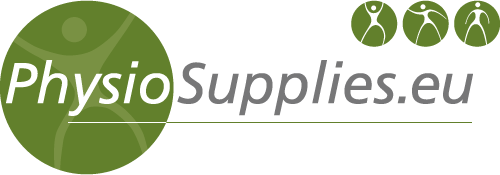PhysioSupplies would like to offer you a well-functioning website. For this purpose, we use analytical as well as functional cookies and similar techniques. We would also like to use marketing cookies to provide a customized user experience. With these cookies we and our partners adapt the website, products displayed and other content according to your preferences. You may opt for complying only with the functional and statistical cookies HERE. Our complete cookie policy can be read HERE.

Practice Model First Aid
Anatomy models for first aid
Anatomical models have been developed for various first aid situations. First aid anatomy models allow trainee physicians or paramedics to practice life-saving techniques for when a patient is in these emergency situations. It is possible to practice one or more scenarios on an anatomy model. The models are made in such a way that a lifelike representation is created.
Anatomy models for respiratory problems
Anatomical models have been developed for various emergency situations. The respiratory category includes asphyxiation and intubation. For example, there are several torsos that can be used to practice life-saving techniques for suffocation. Some dolls even offer the possibility to spit out the obstructive object as soon as the correct suffocation technique is performed.
Rescue practice with dolls
Various rescue dolls are available that can be used to simulate an accident in different situations. For example, a car accident or drowning. The dolls are available in different lengths with different weights, including baby and child manikins.
Thorax/chest
The thorax models are ideal for learning to treat medical cases in or near the chest, such as a pneumothorax lung. The models are realistic training tools for practicing the techniques in the most realistic situation possible.
Practicing CPR
In order to practice CPR properly and to master the right techniques, it is necessary that the model resembles a living person as much as possible. Some anatomical models are only suitable for mouth-to-mouth resuscitation, while others consist of the entire torso, so that resuscitation is also possible.
Megacode Dolls
Megacode dolls are realistic anatomy manikins for practicing most of the advanced techniques needed to save lives in emergencies prior to arrival in hospital. A megacode doll, for example, consists of a full body resuscitation, an intravenous arm, a blood pressure arm, a defibrillation chest skin and a head with anatomically correct airways.
Wound simulation
The wound simulation sets consist of different wounds that can be used on all rescue dolls. These wounds are used to allow students to practice with different wounds, practice bandaging and wound care, and in diagnosis. Several types of wound simulation sets are available with a wide range of wounds: cuts, bone fractures, burns, jaw wounds, bullet wounds, infections, evisceration, open amputation, complicated tibia fracture, and humerus fracture.
